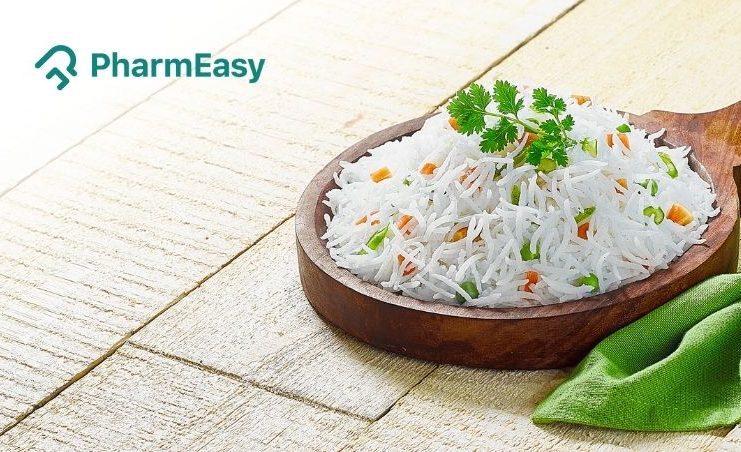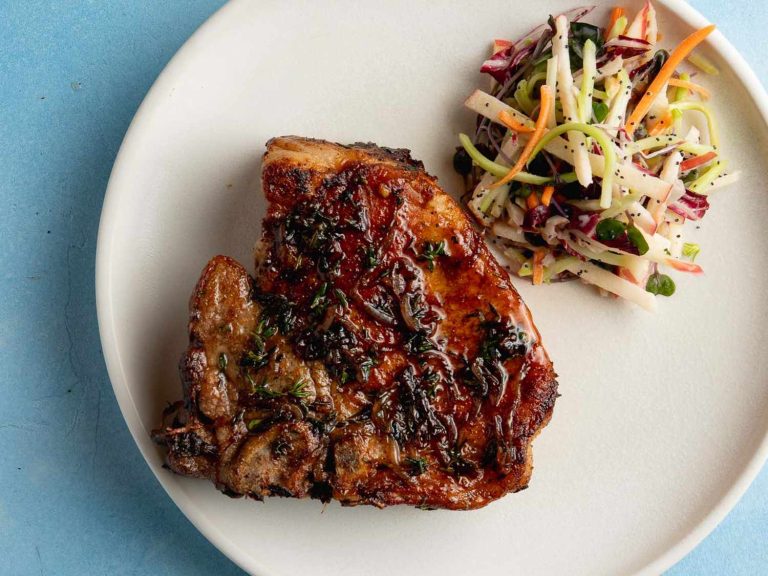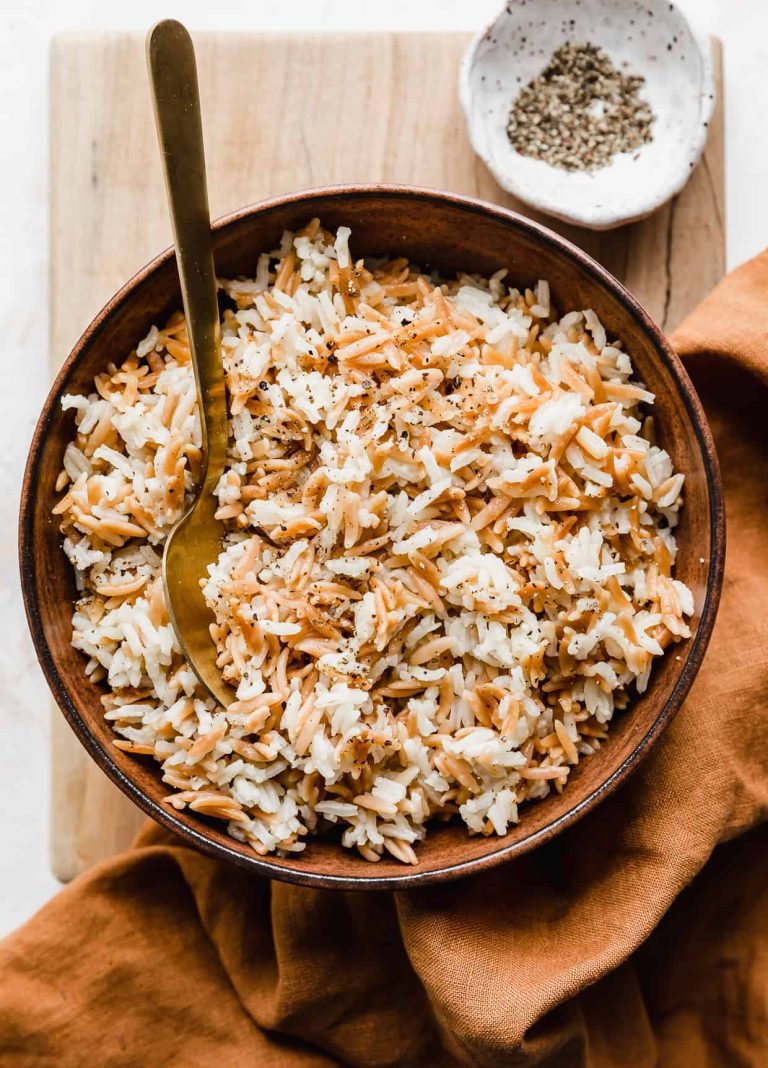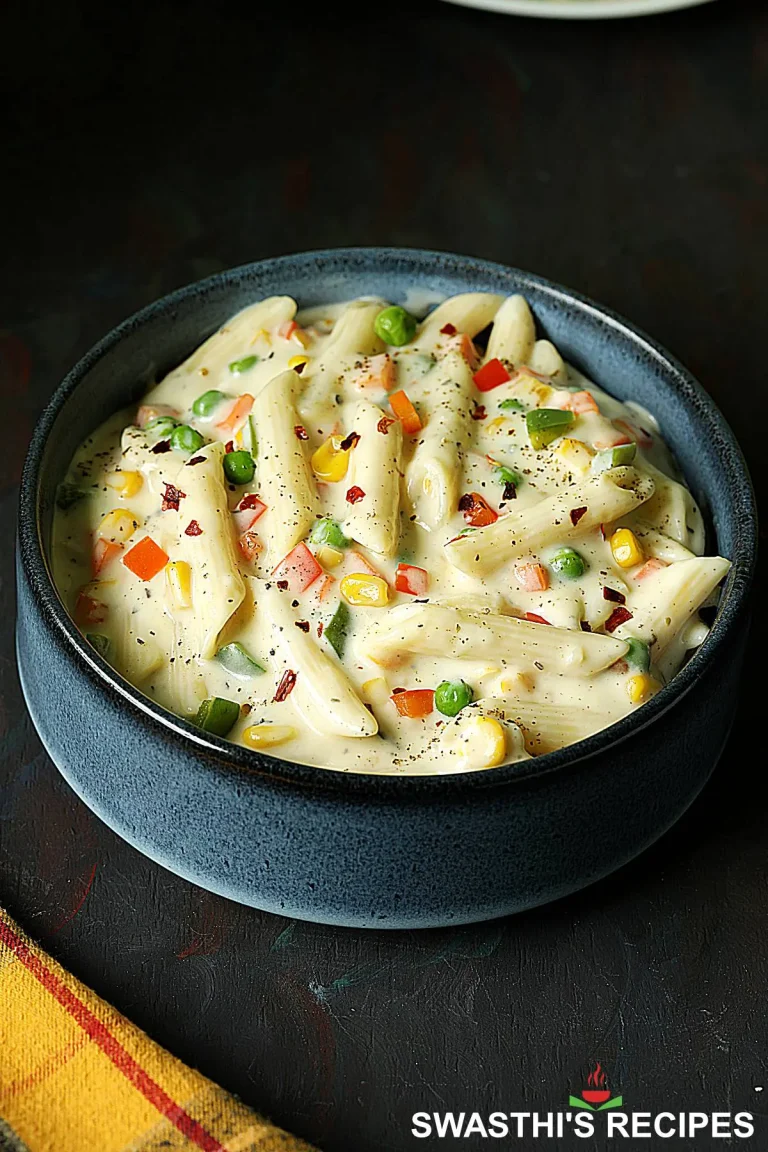Basmati Rice: Origins, Recipes, and Health Benefits
Basmati rice originates from the Indian subcontinent. Primarily grown in the fertile valleys of India and Pakistan, this aromatic rice thrives in regions with specific climatic conditions. The Himalayan foothills offer ideal conditions for cultivating Basmati rice.
Farmers use traditional and modern techniques to maintain quality and yield. Crop rotation and organic farming contribute to preserving soil health. Irrigation from glacier-fed rivers supports the rice paddies, ensuring consistent water supply. These practices result in premium Basmati rice that meets global standards.
Unique Characteristics
Basmati rice stands out due to its long, slender grains. When cooked, these grains elongate rather than widen. This quality differentiates Basmati from other rice varieties. Its aroma comes from a natural compound called 2-acetyl-1-pyrroline, giving it a distinct, pleasant fragrance.
The texture of Basmati rice is another defining feature. Cooked to perfection, the grains remain fluffy and separate. This makes it ideal for dishes like biryanis and pilafs. Nutritionally, Basmati rice offers a low to medium glycemic index, making it suitable for varied diets.
Culinary Uses of Basmati Rice
Comparing Basmati with Other Rice Varieties
Basmati rice offers distinct aromatic and textural qualities compared to other rice varieties. Jasmine rice, for example, has a floral scent and slightly sticky texture, making it ideal for Thai dishes. In contrast, Basmati grains remain separate and fluffy, perfect for dishes that require individual grain integrity. Sushi rice, another variety, is short-grained and sticky, optimized for sushi rolls. Meanwhile, Arborio rice, used in risottos, is creamy due to its high starch content. Each rice variety serves unique culinary purposes, but Basmati stands out for its fragrance and texture in diverse dishes.
Popular Basmati Rice Recipes
Several dishes highlight the versatility of Basmati rice.
- Biryani: Layers of spiced meat or vegetables with fragrant Basmati rice, cooked together to create a rich, aromatic dish.
- Pilaf: Sautéed rice cooked in broth with spices, vegetables, and sometimes meat or seafood, resulting in a savory and flavorful side or main dish.
- Pulao: Similar to pilaf, usually featuring lighter spices and a quicker cooking process.
- Kheer: Traditional Indian dessert where Basmati rice is cooked with milk, sugar, and flavored with cardamom, saffron, and nuts.
- Jeera Rice: Simple yet flavorful dish where Basmati rice is cooked with cumin seeds and ghee or oil.
These recipes showcase the broad culinary applications of Basmati rice, enhancing both everyday and gourmet meals.
Health Benefits of Basmati Rice
Nutritional Content
Basmati rice offers several nutritional benefits. A single serving (about 1 cup cooked) contains approximately 210 calories, 4.4 grams of protein, 0.5 grams of fat, and 46 grams of carbohydrates. It also provides essential micronutrients like folate, thiamine, and selenium. With a low glycemic index (GI) of around 50-58, Basmati rice helps maintain stable blood sugar levels, making it a suitable option for diabetics.
Basmati Rice in a Balanced Diet
Incorporating Basmati rice into your diet supports overall health. Rich in complex carbohydrates, it provides sustained energy throughout the day. The low fat content makes it suitable for heart-healthy diets. Its high fiber variant, brown Basmati rice, aids digestion and promotes gut health. When paired with vegetables, lean proteins, and healthy fats, Basmati rice fits well into a balanced diet, ensuring that nutritional needs are met efficiently.
Choosing and Storing Basmati Rice
Tips for Selecting the Best Basmati Rice
Choosing high-quality Basmati rice ensures that you get the best aroma and texture. Look for the following features:
- Aroma: Authentic Basmati rice has a distinct floral aroma. Check for this quality by smelling the rice before buying.
- Grain Length: Long and slender grains are a hallmark of good Basmati rice. Opt for grains that are at least 7.5 mm in length.
- Packaging Date: Fresher rice has better flavor. Check the packaging date and select rice with a recent date.
- Ethical Sourcing: Choose brands that source their Basmati rice from traditional growing regions in India or Pakistan, ensuring authenticity.
- Color: High-quality Basmati rice has a translucent, off-white color. Avoid grains that look too polished or bright white.
Proper Storage Techniques
Properly storing Basmati rice maintains its quality and extends its shelf life. Follow these tips:
- Airtight Containers: Store rice in airtight containers to prevent moisture and pests. Glass or BPA-free plastic containers work well.
- Cool, Dry Place: Keep the container in a cool, dry place away from direct sunlight. Heat and sunlight can degrade the rice’s quality.
- Optimal Humidity: Maintain low humidity levels in the storage area to prevent mold growth. Avoid locations like the kitchen counter or near the stove.
- Batch Rotation: Use a first-in, first-out system. Place the newest rice at the back of the storage area and the oldest in front for easy access.
- Freezing Option: For long-term storage, consider freezing the rice. This method can extend its shelf life for up to a year without quality loss.
Using these guidelines ensures you select the best Basmati rice and store it effectively, preserving its peak flavor and texture for your culinary creations.
Conclusion
Basmati rice stands out not just for its enticing aroma and fluffy texture but also for its versatility in a wide range of dishes. Whether you’re preparing a simple everyday meal or a gourmet feast, Basmati rice can elevate your culinary creations. Its nutritional benefits make it a smart choice for a balanced diet, offering sustained energy and heart-healthy properties. Selecting high-quality Basmati rice and storing it properly ensures you enjoy its full flavor and texture every time. Embrace the rich heritage and unique qualities of Basmati rice in your kitchen and savor the difference it makes in your meals.






